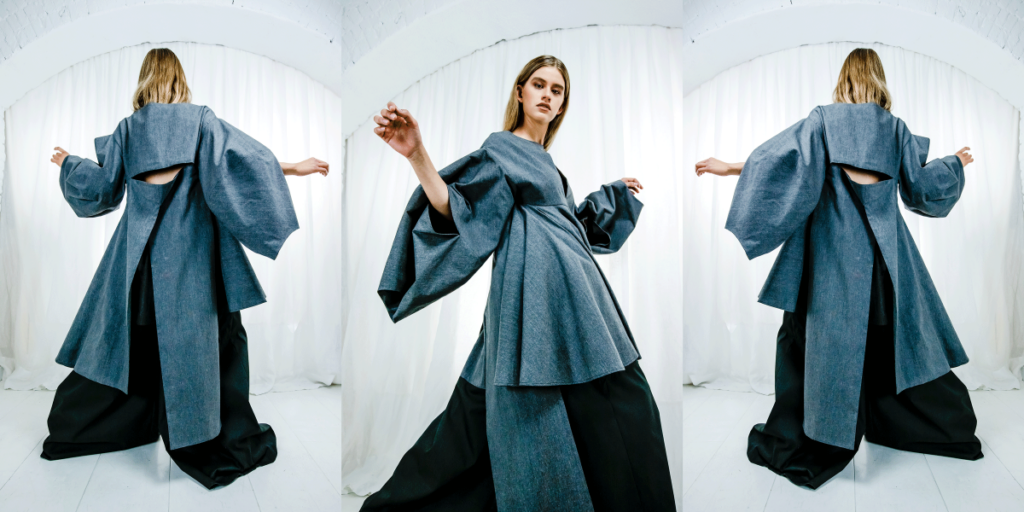
Fashion is more than just a practical necessity—it’s a canvas for self-expression. Every outfit you wear communicates something about your identity, values, and personality, often without you saying a word. Whether consciously or unconsciously, the clothes you choose send messages about who you are and how you want to be perceived by the world.
The Language of Fashion
Clothing is a powerful nonverbal communication tool. Just as spoken language conveys thoughts and ideas, your style choices reveal aspects of your character. A person wearing bold colors and unique patterns might project creativity and confidence, while someone dressed in minimalist, neutral tones may appear calm and composed. These choices often reflect your mood, individuality, and even your cultural or social affiliations.
Fashion allows people to tell stories about themselves. A leather jacket can evoke rebellion, a tailored suit conveys professionalism, and a vintage dress may suggest nostalgia or a love for timeless aesthetics. Even the smallest details, like the brand of your sneakers or the way you accessorize, contribute to the message your outfit sends.
Clothing as Identity
Clothing is deeply intertwined with personal identity. It allows individuals to align themselves with specific groups, express their heritage, or showcase their beliefs. For example, cultural attire can highlight pride in one’s ancestry, while wearing eco-friendly or sustainable fashion brands can signal environmental awareness.
Many people use clothing to embrace and celebrate their individuality. Subcultures, such as punk, goth, or hip-hop, have their own distinct styles that help members express shared values and stand out from the mainstream. These styles are often loaded with symbolism, serving as a statement of belonging or defiance.
Mood and Emotion in Fashion
The way you dress is often influenced by your emotional state. On days when you feel confident, you might choose an outfit that’s bold and eye-catching. Conversely, on quieter or more introspective days, you might opt for something simple and understated.
This connection between mood and clothing goes both ways. Just as your emotions affect your style choices, what you wear can influence how you feel. Wearing a bright color or an outfit that makes you feel empowered can boost your mood, while ill-fitting or drab clothing might have the opposite effect.
The Social and Psychological Impact of Clothing
Clothing not only impacts your self-perception but also influences how others interact with you. People often make snap judgments based on appearance, and your outfit can shape those impressions. For instance, someone dressed in tailored, professional clothing may be perceived as successful and competent, while casual or unconventional attire might suggest a more laid-back or creative personality.
This interplay between self-expression and social perception makes clothing a powerful tool for navigating relationships and environments. It’s why dressing appropriately for occasions, while still infusing your personality, is so important.
Conclusion
Fashion is a dynamic form of self-expression that allows you to communicate your story to the world. Every choice you make, from the colors you wear to the styles you embrace, reflects your personality, values, and identity. By understanding the messages your clothing sends, you can harness the power of fashion to express yourself authentically and confidently in any setting.